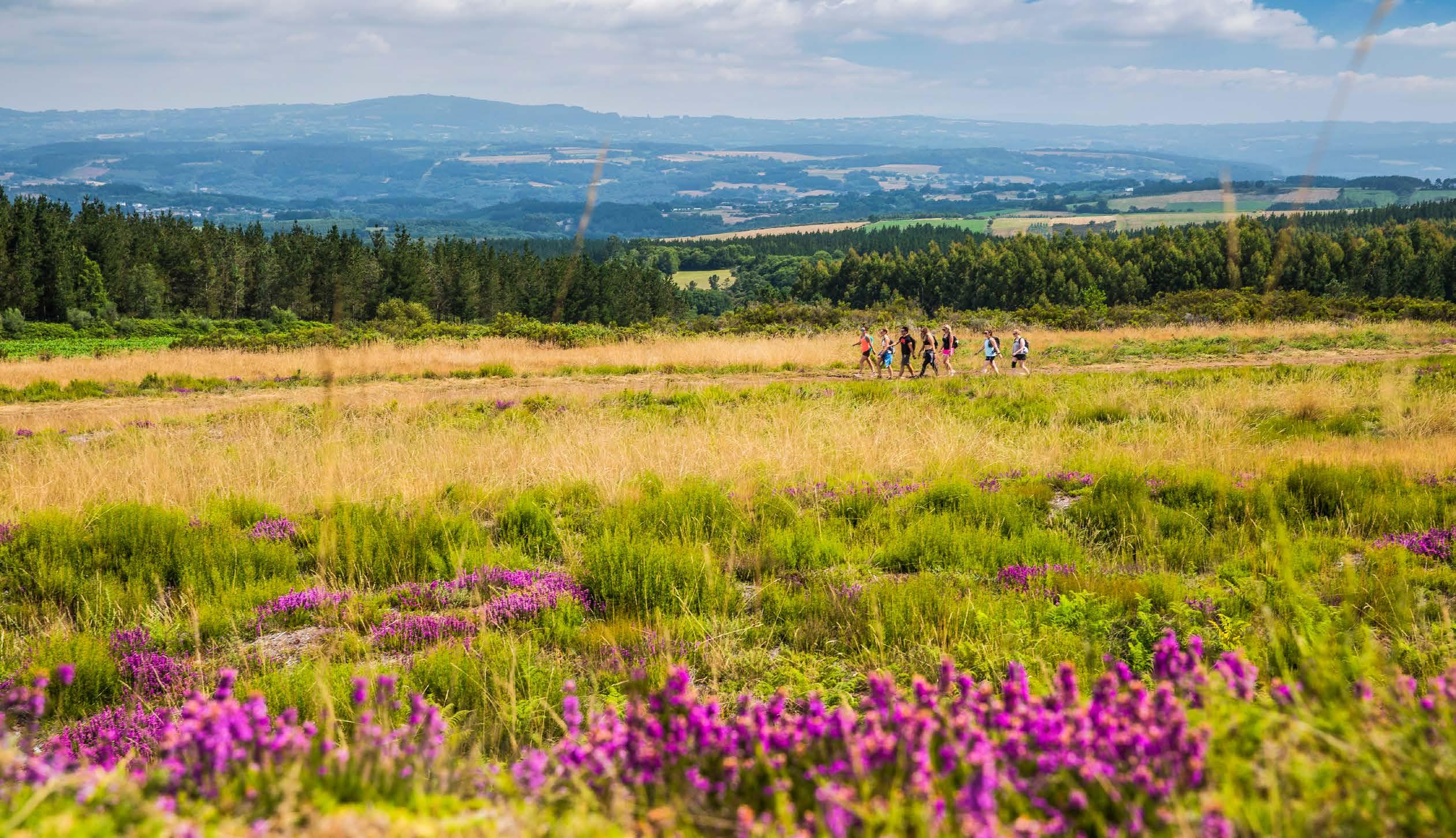
4 minute read
Finding the Good Way on the Camino de Santiago
By Debbie Olsen
Whatever your reasons for undertaking this legendary pilgrimage, the journey will change you.
You can tell you’re about to undertake an epic journey when someone asks you the one-word question: why? On the eve of a six-day trek on Spain’s legendary Camino Francés pilgrimage route, our G Adventures guide, Lalo Garcia, gathers our trekking group together. After a round of introductions, he asks each of us to share why we are undertaking the journey.
For centuries, people have been walking to Santiago de Compostela to visit the ornate cathedral where the remains of the apostle St. James the Greater are believed to be interred. In ancient times, the Catholic Church considered the Camino de Santiago one of three key pilgrimages – alongside Rome and Jerusalem. Today, the pilgrimage route is as popular with tourists as it is with religious enthusiasts.

WAY OF ST. JAMES IN GALICIA, SPAIN
As we each share our motivations for setting out on this route, I realize that some people’s reasons seemed better than mine. Two women had been on the trail for 32 days and are joining our group for the last six days of their trek. For them, this is very much a religious pilgrimage. A retired school administrator from the United States is carrying pictures of his brother and a dear friend who passed away the previous year.
For him, the journey is a way to honour those relationships and to say goodbye. One of the youngest adventurers in our group reveals that she had nearly died the previous year from complications after climbing a mountain in the Himalayas. She had spent months learning to walk and talk again. Part of the reason she is doing the trek is to prove to herself that she is still capable of accomplishing physical challenges. My husband and I, and several others in the group, are there because we want to experience a bucket-list hike.

EL CAMINO HIKE GROUP ©GADVENTURES
The next morning, before we set out on the 23-kilometre walk from Sarria to Portomarin, we are each issued an official pilgrim’s passport (Credencial del Peregrino). Lalo explains that pilgrims who walk the last 100 kilometres of the trail and get at least two stamps in their passport each day qualify for the official Compostela Pilgrim Certificate. Passport stamps are freely given at churches, restaurants, accommodations and shops along the way. The final stamp is given at the pilgrim’s reception office. From our hotel in Sarria, we walk up a steep hill to the local cathedral, Iglesia Santa Marina de Sarria, where a very sleepy monk gives us our first passport stamps. We follow the trail from there through a wooded area that leads to the next village. The trail is mostly a rural trek that traverses rolling countryside, sleepy villages, farms, and small towns.
Each morning, our G Adventures group starts walking together, but each person walks at their own pace and stops where they want along the route. Local restaurants are great stops for coffee breaks, lunch, or dinner. The 14 hikers in our group range in age from the late-20s to the late-60s and hail from the United States, Canada, Europe, and Australia. We get to know each other and meet other pilgrims as we walk along the trail. My husband and I have a nice visit with a couple from Germany as we walk together for a few hours one day. In a restaurant, we meet a British couple who are cycling – a completely different way to experience the Camino. There’s a special kind of comradery amongst pilgrims and whenever you pass another traveller, it’s tradition to say “Buen Camino,” which means “good way.”

PUENTE LA REINA
You get a lot of time to think when you’re walking for six days and that’s where the magic of the Camino happens. Regardless of what your motives are when you begin, there’s something about this walk that changes you. I think about the ancient pilgrims who walked ‘The Way of St. James’ hoping to leave their sins behind.
Then I spend time thinking about what I could leave behind on the trail – trying to define the things that hold me back from being my best self. I pick up a rock and carry it with me for much of the route. Near the end, I leave it behind on a trail marker as a symbol of something in my past that I am letting go. When I get the final stamp in my passport in the pilgrim’s reception office in Santiago de Compostela, I am again asked about my reasons for undertaking the journey. That’s when I realized my reasons have changed.

GROUP SHOT ©DEBBIE OLSEN










